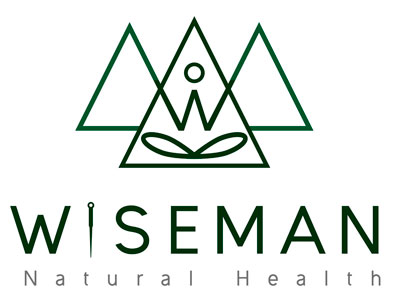Dark blue berries and star shaped clusters of cream white blossoms with a strong sweet and musty aroma, the elder is one of the most famous and revered of all herbs in the Western Hemisphere.
‘Our forefathers also held the Ellhorn holy wherefore whoever need to hew it down (or cut its branches) has first to make request “Lady Ellhorn, give me some of thy wood and I will give thee some of mine when it grows in the forest” – the which, with partly bended knees, bare head and folded arms was ordinarily done, as I myself have often seen and heard in my younger years.’ (Arnkiel)
Used for thousands of years as protection against the invasion of evil influences both physical and spiritual, today elder is recognized as an effective anti-viral. Tracing it’s use back to several thousand years before the common era, the elder tree has been one of humanities allies long before recorded history ever remarked upon its virtues. The entire plant, from the bark and leaves, to the flowers and berries has been used for everything from food and medicine to flutes and toys. Over the millennia elder has gained a reputation for having influence over spiritual forces, both evil and good.
In Cole’s Art of Simpling he relates:
‘in order to prevent witches from entering their houses, the common people used to gather Elder leaves on the last day of April and affix them to their doors and windows,’
Lady Northcote in The Book of Herbs says:
‘The Russians believe that Elder-trees drive away evil spirits, and the Bohemians go to it with a spell to take away fever. The Sicilians think that sticks of its wood will kill serpents and drive away robbers, and the Serbs introduce a stick of Elder into their wedding ceremonies to bring good luck. In England it was thought that the Elder was never struck by lightning, and a twig of it tied into three or four knots and carried in the pocket was a charm against rheumatism. A cross made of Elder and fastened to cowhouses and stables was supposed to keep all evil from the animals.’
Potent Antiviral
Today, the flower and berries of the elder plant have been extensively studied for their potent antiviral abilities against influenza and herpes simplex 1. They have also been shown to be anti-bacterial, anti-inflammatory and antipyretic (lowers fever). Elder’s blue berries are also high in Vitamin C, making elder a perfect herbal remedy with direct action against the virus or bacteria making you sick, and also relieving the many side effects that come along such as a high fever, sore throat, and inflamed airways.
Chinese Medicine and More
In Chinese Medicine Elder is described as cooling and able to expel superficial heat causing symptoms of cough, sore throat and malaise. This is the same use as what modern research indicates. Elder’s cooling nature is especially helpful at breaking a fever, and relieving the upper and outer areas of your body like the sinuses, throat and skin when they feel warm, congested and are inflamed. While best to take in the first days before feeling very sick, elderberry is a perfect immune boost even if you are already suffering from a cold or flu. More than just a cold and flu remedy however elder has many medicinal compounds inside that are antioxidant, beneficial for blood pressure and also assist in blood sugar metabolism.
Great Recipes to Enjoy
If you want to make your own medicine from elder it is quite easy. Simply make a tea with the freshly picked flowers or blue berries. Elder wine is a common treat enjoyed in Europe and a syrup made with the berries is a great way to get your kids to take their medicine. Click here for many great recipes using elder such as vinegar, syrup and a tasty cordial. I look forward to making this cordial every year! Keep in mind however, there are many types of elder tree out there though, and while the flowers and leaves can be used medicinally in all species, the blue berries are the only berries that should be consumed in any significant quantity. So, if you live in Colorado like I do where the main type of elder that grows in the mountains contains the red berries, please, only consume the flowers and not the berries.
- Chevalier, Andrew. Natural Health Encyclopedia of Herbal Medicine 2nd ed. New York, New York: Dorling Kindersley Ltd, 2000.
- Garran, Thomas Avery. (2008) Western Herbs According to Traditional Chinese Medicine: A Practitioner’s Guide. Rochester, Vermont: Healing Arts Press.
- Grieve, Maude. (1971) A Modern Herbal. New York: Dover Publications, Inc.
- Hearst, Caroline et al. (2010) Antibacterial activity of elder (Sambucus nigra L.) flower or berry against hospital pathogens. Journal of Medicinal Plants Research, 4(17), 1805-1809.
- Vlachojannis, J. E., Cameron, M and Chrubasik, S. (2010) A Systematic Review on the Sambuci fructus Effect and Efficacy Profiles, Phytotheapy Research, 24, 1–8.

